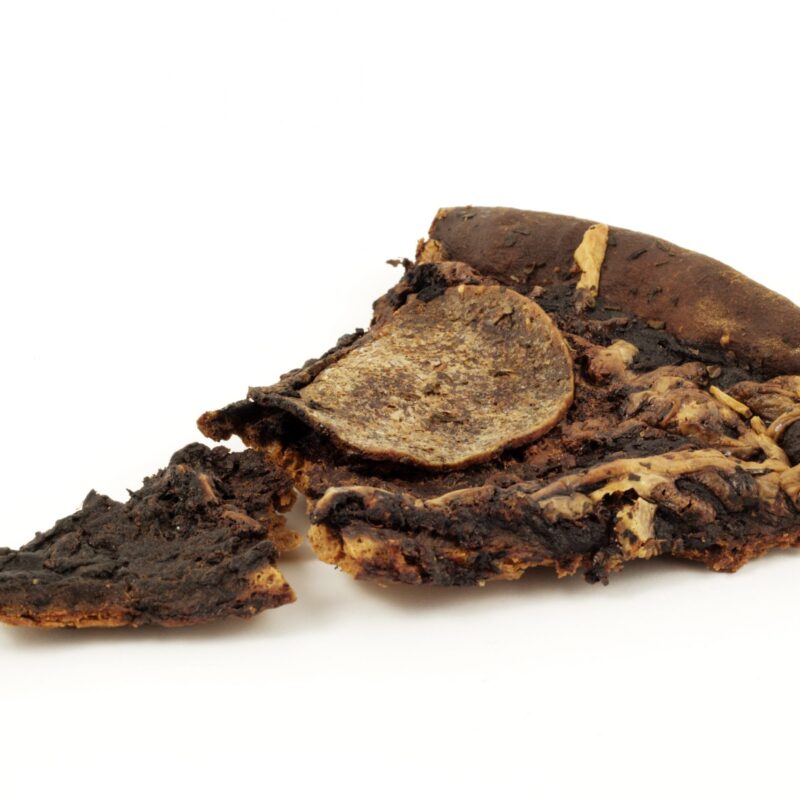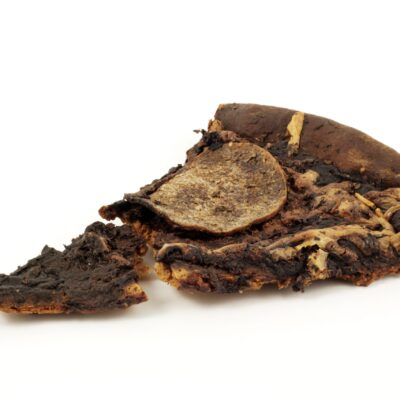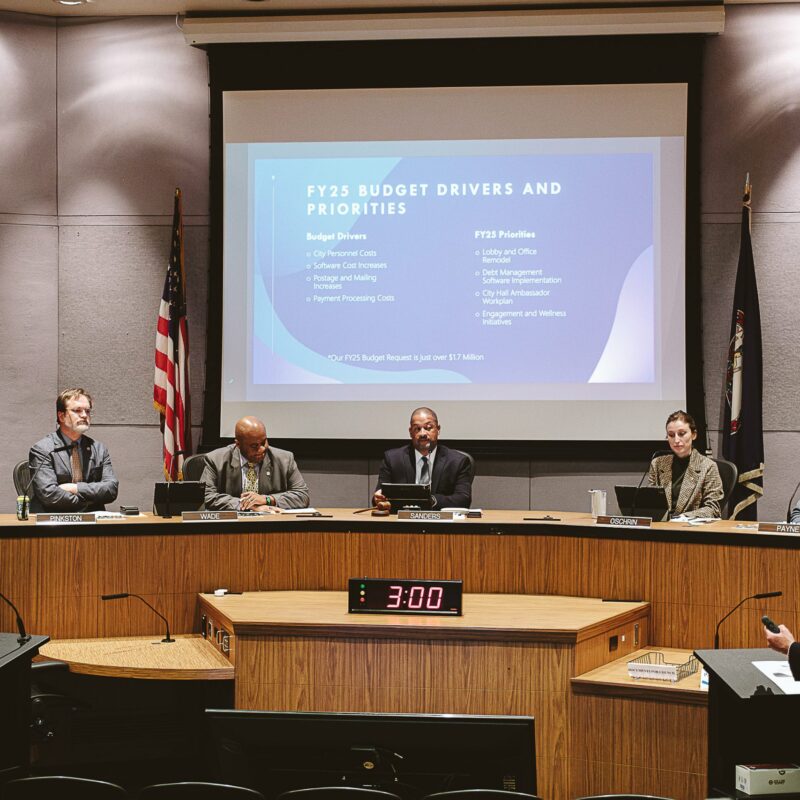Blue Ridge vistas swaddle Les Yeux Du Monde’s hilltop perch from all sides. Their subtle grace is evident in the way tidy fields give way to trees, which give way to hills building, to the horizon like overlapping banter in a gauzy southern drawl. It’s a landscape hard to capture in words and, I imagine, even harder to paint.
|
John McCarthy, a former assistant attorney general, died of a heart attack in 2008 at the age of 66. “Spring Trees” (above) is part of a retrospective at Les Yeux Du Monde that collects the work that earned him respect in a second career as an artist in various media. |
John Montgomery McCarthy took to the challenge with the focused discipline of a lawyer preparing for trial. From the mid-1990s, when the well-regarded litigator retired from the state attorney general’s office, McCarthy channeled his intellect into capturing the colors and sensations of central Virginia in paintings and prints.
“He sort of had an endless curiosity and desire to do new things,” says Lyn Warren, owner of Les Yeux Du Monde, who’s gathered 12 years of McCarthy’s work for a retrospective running through June 5.
McCarthy studied anything he could get his hands on—exhibits, criticism, artist biographies—that might help him use color to draw out the secrets of a shadowy tree line or a fiery lake at dusk. On Warren’s desk, a torn-off cover flap from the New Yorker slathered in the artist’s handwriting marks a page in a well-worn art anthology. Post-it notes obscure various paintings within, leaving visible small corners he would copy for hours to master a given shade or style.
“I think that’s why he was so good at color. He really worked at it,” Warren says. Her retrospective, the first since the artist’s death at 66 from a heart attack in 2008, shows a body of work in continuous experimentation. Thick oils hang beside delicate pastels. His signature landscapes share the gallery with a purple outline of Queen Elizabeth II, prints made in concert with the Virginia Arts of the Book Center and abstract nudes painted on wood cigar boxes.
What made the Norfolk native and longtime Fluvanna County resident as respected in his second career as an artist as he was in his first, though, are the vivid spectrums he employed in his work. Mark Rothko captivated McCarthy from his days as a UVA undergraduate studying art history, and Rothko’s influence is evident. A good example is a small painting of a lake at sunset, where the sky blends down to the horizon and into reflections on the water in a seamless transition from brown to yellow. Another painting of a tree line in abstract appears as purple, but in that color are a thousand shades and overlapping shadows worked expertly into the paint.
McCarthy liked to quote Wolf Kahn, the noted New York painter with whom he exchanged regular letters, who said “come slowly and grudgingly to something which resembles Nature.” Visitors who make note of the verdant tableau outside the gallery and its similarity to McCarthy’s work within are likely to conclude he accomplished just that.
/McCarthy_02_25_6_web.jpg)





